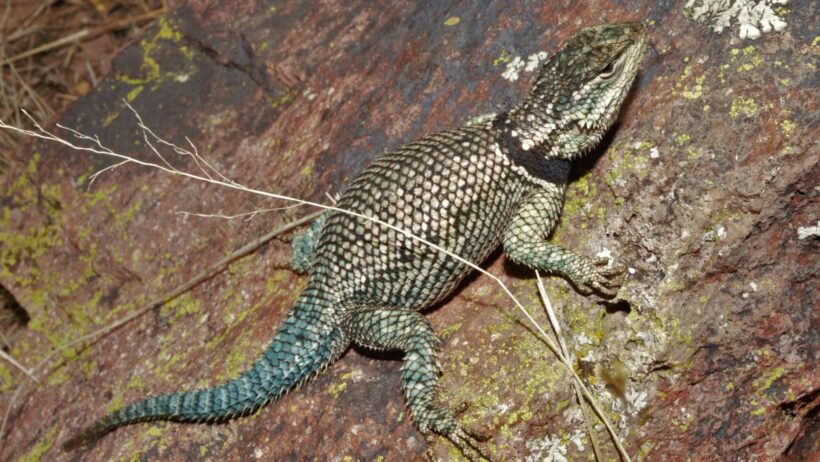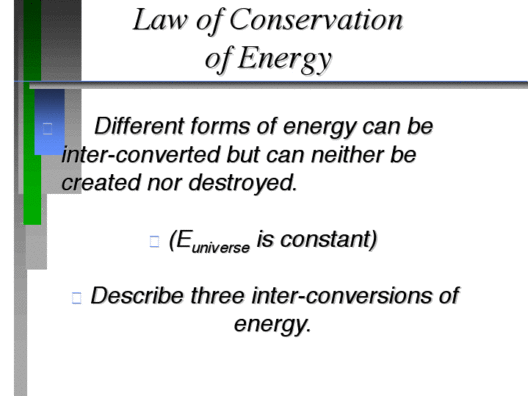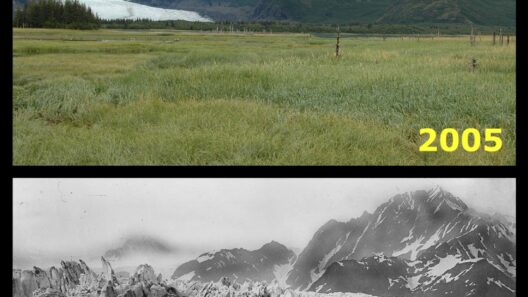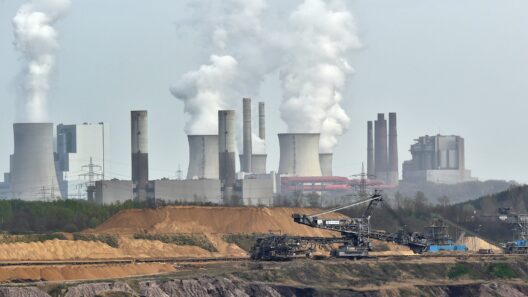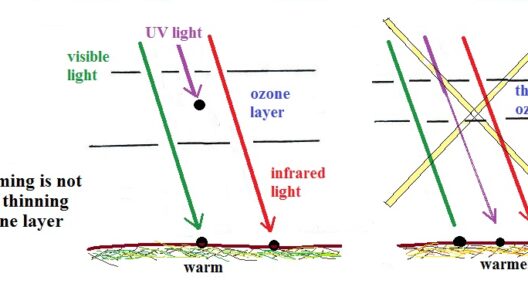Global warming, a pressing issue that threatens our planet, has been at the forefront of environmental discourse in recent decades. The increase in global temperatures, primarily due to anthropogenic emissions of greenhouse gases, poses a grave danger not only to human societies but also to the myriad of animal species that share this planet. The existential question that arises is whether these species can adapt to the rapid changes in their ecosystems, or are they destined to vanish in the face of this relentless climate upheaval?
The implications of global warming for biodiversity are profound. As temperatures rise, various habitats alter significantly. Coral reefs, often referred to as the “rainforests of the sea,” are experiencing devastating bleaching events due to increased ocean temperatures. According to scientific data, as little as a 1°C rise in temperature can lead to up to 50% of corals bleaching. The repercussions extend beyond corals; the entire marine ecosystem, which relies on these structures for shelter and sustenance, is threatened. Fish populations, marine mammals, and myriad invertebrates face habitat loss, leading to declining species and disrupted food webs.
On land, the scenarios unfold with similar dire implications. Many terrestrial species are experiencing shifts in their habitats, a phenomenon driven primarily by temperature changes and alterations in precipitation patterns. For instance, the polar bear, a sentinel species of climate change, is grappling with diminishing ice habitats in the Arctic Circle. These apex predators rely on sea ice for hunting seals, their primary food source. As the ice continues to retreat, polar bears are forced to expend more energy in search of food, jeopardizing their survival and reproductive success.
Yet, not all species respond uniformly to these climatic stresses. Some animals exhibit remarkable adaptability and resilience. Species such as the black-capped chickadee have been observed expanding their geographic range in response to warming temperatures. This adaptability often hinges on various biological and ecological factors, such as genetic diversity, reproductive strategies, and behavioral flexibility. However, the ability to adapt is not universal. Many species, especially those with specialized niches or limited distribution, face insurmountable challenges. A poignant example is the golden toad of Costa Rica, which was last sighted in 1989 and is now considered extinct, likely due to changing climate conditions that altered its habitat and led to increased fungal infections.
Moreover, the impact of climate change is not limited to temperature increases alone. Changes in precipitation patterns lead to altered water availability, which affects food sources and habitat conditions. The document tree kangaroo, for example, depends on specific rain forest ecosystems that are being ravaged by changing rainfall patterns and deforestation. Similarly, amphibians, which are highly sensitive to environmental changes, demonstrate alarming rates of decline globally, with many species facing imminent extinction.
The consequences of extinction extend beyond individual species; they reverberate through ecosystems, destabilizing the intricate interconnections among organisms. The loss of a single species can lead to the collapse of entire food webs, resulting in cascading effects that threaten biodiversity as a whole. Ecosystem services, including pollination, seed dispersal, and nutrient cycling, which are crucial for human survival, may be compromised. For instance, the decline of bee populations due to climate change and habitat destruction poses a significant threat to global food supplies, highlighting the interdependence between human well-being and ecological stability.
Understanding the interplay between global warming and species extinction necessitates a multi-faceted approach that blends scientific inquiry with proactive conservation efforts. Climate models can provide critical predictions about potential future scenarios, though current data indicates that these models may not fully capture the intricate dynamics of ecological responses to climate change. Thus, additional research is imperative for enhancing predictive accuracy and informing effective conservation strategies.
Conservation initiatives must evolve to encompass climate adaptation measures, ensuring that vulnerable species have the support needed to persist amidst changing conditions. Habitat restoration, the establishment of wildlife corridors to facilitate species movement, and the protection of climate refugia—areas that remain relatively stable despite broader climatic shifts—are strategies that can bolster resilience. Furthermore, breeding programs aimed at increasing genetic diversity in threatened populations can fortify their ability to adapt to future challenges.
Moreover, addressing global warming requires concerted efforts at the policy level. International agreements, such as the Paris Accord, aim to mitigate climate change through reduced greenhouse gas emissions. However, the implementation of these frameworks necessitates robust political will and societal engagement. Citizens must advocate for sustainable practices, prioritize renewable energy sources, and support businesses committed to environmental stewardship to forge a path toward a more sustainable future.
Ultimately, the question remains: are animals coping with the challenges posed by global warming, or are they vanishing? The answer is complex and nuanced. While some species demonstrate adaptability, many are facing unprecedented threats, leading to irrevocable losses in biodiversity. To safeguard our planet’s diverse life forms, a comprehensive, integrated approach is essential, combining scientific knowledge, conservation efforts, policy engagement, and public activism. The fate of countless species hangs in the balance, and the urgency to act has never been more paramount.
In conclusion, global warming serves as a clarion call for action. The intertwining destinies of humanity and nature underscore the necessity for a holistic response to climate change, recognizing that our survival is inextricably linked to the health of the planet and its innumerable inhabitants.



